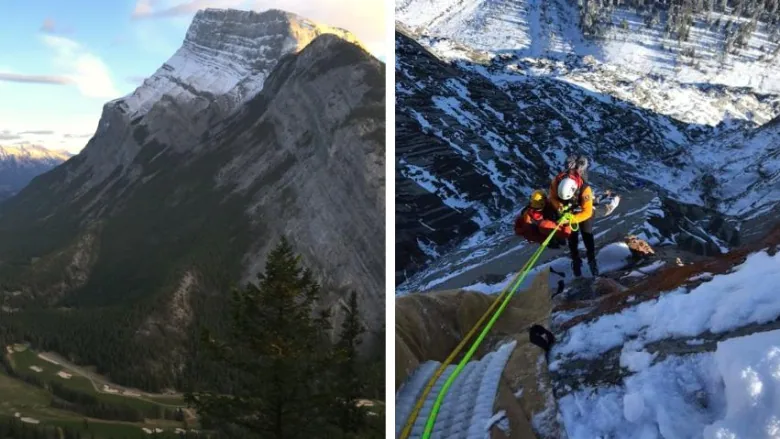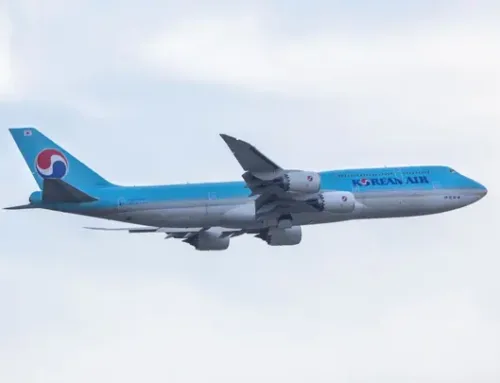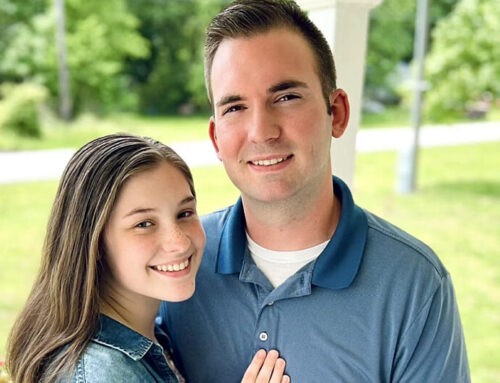November 2, 2021
-CBC
First responders in Alberta coordinated a daring rescue on Sunday to save an injured BASE jumper stranded on the side of a Rocky Mountain cliff face, suspended about 200 metres above the earth by only a snagged parachute.
The call came in to Kananaskis Public Safety dispatch shortly before noon. A jumper had gone off a launch on the East End of Rundle, a mountain near Canmore, Alta., but his parachute malfunctioned, said Jeremy Mackenzie, a public safety specialist with the group.
The jumper was seriously injured in the accident, but Mackenzie said he’ll survive.
BASE jumping is a sport in which you leap from a fixed object, such as a bridge or building or mountain cliff, with a parachute.
The jumper had leapt from the mountain launch, but when the man deployed his parachute, Mackenzie said it twisted and he was pushed violently into the rock face.
From there, the BASE jumper “basically cartwheeled” a significant distance down the side of a 400-metre cliff.
“His parachute was deployed, but it wasn’t really inflated,” Mackenzie said.
However, that chute miraculously snagged on a very small rock horn — and that was enough to stop his trajectory downwards, Mackenzie said.
“Essentially, he was stranded about halfway down the face [of the mountain].”
Rescuers eventually managed to reach the jumper, and he was lowered from a ledge into a rescue helicopter and flown to hospital.
Precariously perched
Though the jumper had sustained traumatic injuries, emergency responders said they were not life-threatening, and he was in stable condition.
“He was in a lot of pain, had … fractures in his arms and legs,” Mackenzie said.
Luckily, the mountain winds were calm on Sunday, and the jumper was with a friend, Mackenzie said.
“They were able to yell back and forth, and the BASE jumper indicated that he felt like he’d broken a leg, and that he was very precariously perched,” Mackenzie said.
Luckier still, that friend was able to call for help.
First responders began gathering specialized rope and rescue equipment, and Mackenzie himself met the Alpine Helicopters rescue pilot at a Canmore hangar.
“We kind of knew the basics of the situation and the location, and so immediately, we just started deploying our team,” Mackenzie said.
“Within half an hour, we were in the air.”
The rest of the way down
The rescue helicopter quickly located the stranded BASE jumper, spotted waving at them from a very steep slab of rock.
“It was very clear right away, even without getting too close, that his canopy was snagged … and that was the only thing stopping him from basically going the rest of the way down,” Mackenzie said.
Evaluating their options, the rescuers realized the helicopter threatened to disturb the canopy and blow the BASE jumper off the mountain if it got too close.
Instead, a team of five people — some from Kananaskis Public Safety, some from Parks Canada — were assembled and flown to the top of the cliff.
“We built some anchors there, and then we used two 13-millimetre-diameter ropes to tie together,” Mackenzie said.
“And then we inserted two rescuers down the face, and lowered them into position. And ultimately they were able to get to the patient.”
‘Hanging on by the thread’
The BASE jumper was lowered by rescuers to a ledge, where Mackenzie said they got him into a proper harness.
“He’s extremely lucky. You know, ‘hanging on by the thread’ has a good, new meaning to me,” Mackenzie said.
“And he is obviously a very tough guy.”
From there, he was extracted by the helicopter and taken to the Canmore Hospital, where an air ambulance was waiting to transport him to the Foothills Medical Centre in Calgary.
There is likely lots of recovery in the man’s future, Mackenzie said. But he’ll recover, largely because multiple teams worked together and responded professionally and carefully, he said.
“This is, you know, almost as challenging as they get,” Mackenzie said.
“It was several different groups working together, and working really well together, to make sure that this outcome was as good as it could be.”




